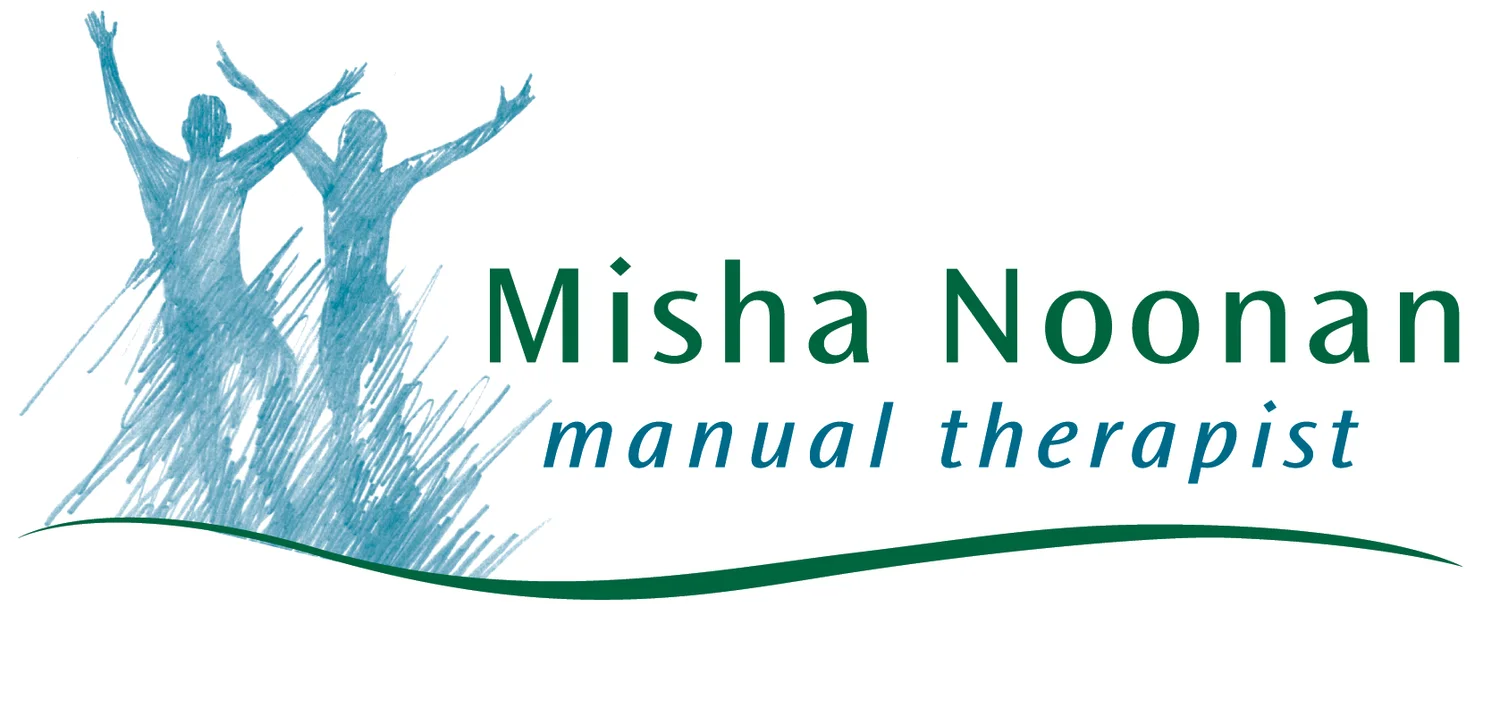FAQ 5: How does your work compare to medical physical therapy or other approaches to "bodywork?"
The Rolfing® work I do is classed with a large and varied collection of manual practices known as Structural Integration. These hands-on approaches aim to create lasting beneficial bodily changes through some form of connective tissue processing, proprioceptive re-training, and movement education. They differ significantly by originator, processes, philosophies, and results.
You could say Physical Therapy is for rehabilitation while my work is more about reaching your human potentials for well-being and performance.
Continuation:
Compared to manual therapy (MT), you may find physical therapy (PT) relies on your own effort through exercises more than on manual work by a practitioner. You usually get a physician's prescription to receive PT. Anyone can elect to have MT when they perceive a need. PT focuses on medical recovery, not on structural enhancement or evolutionary growth, as does MT.
PT is guided by a traditional medical model, while Rolfing® Structural Integration takes advantage of discoveries and advancements not included in the standard practice of allopathic medicine. We focus on generally reorganizing, rebalancing, and retraining the whole body by means of structural connective tissue manipulation and movement training. PT concentrates on recovery from medically diagnosed conditions and rehabilitation through programs of strength, movement, and balance training. PT can also include some hands-on stretching and range-of-motion work.
MT (including Rolfing® work) can also be applied to resolve specific physical complaints if they are rooted in body or tissue structure. MT is often the most effective approach to gain relief from some types of chronic pain. MT sometimes produces spectacular results that are disproportionate to the effort required when it does precisely and specifically what the body needs.
You could say PT is mostly an additive approach, relying on restoring function or gaining new strength and new habits of posture and balance, while MT is mostly subtractive, removing blockages and creating beneficial reorganization of your physical being while helping remove harmful patterns of structure and movement.
Massage produces effects like relaxation, improved circulation, detoxification, and other temporary (though valuable) benefits. Massage reduces tension and helps circulation but it does not produce lasting structural changes in the body.
I'm not familiar enough with all the various schools of 'bodywork' to do each one justice in a comparison. There's even a generic form of bodywork called 'deep tissue work' that seems motivated by a desire release structure but without the benefit of any standardization, regulation, unifying theory, or overarching goals. Beware of change for its own sake.
Most important are the skill, intent, and awareness of the practitioner you choose and how those factors match your needs, condition, and receptiveness. Many approaches can be helpful but caution is advised. There is wide variance in training, effectiveness, and professional judgment out there. You have to apply your own quality control. You can find out more by researching various systems on line.
